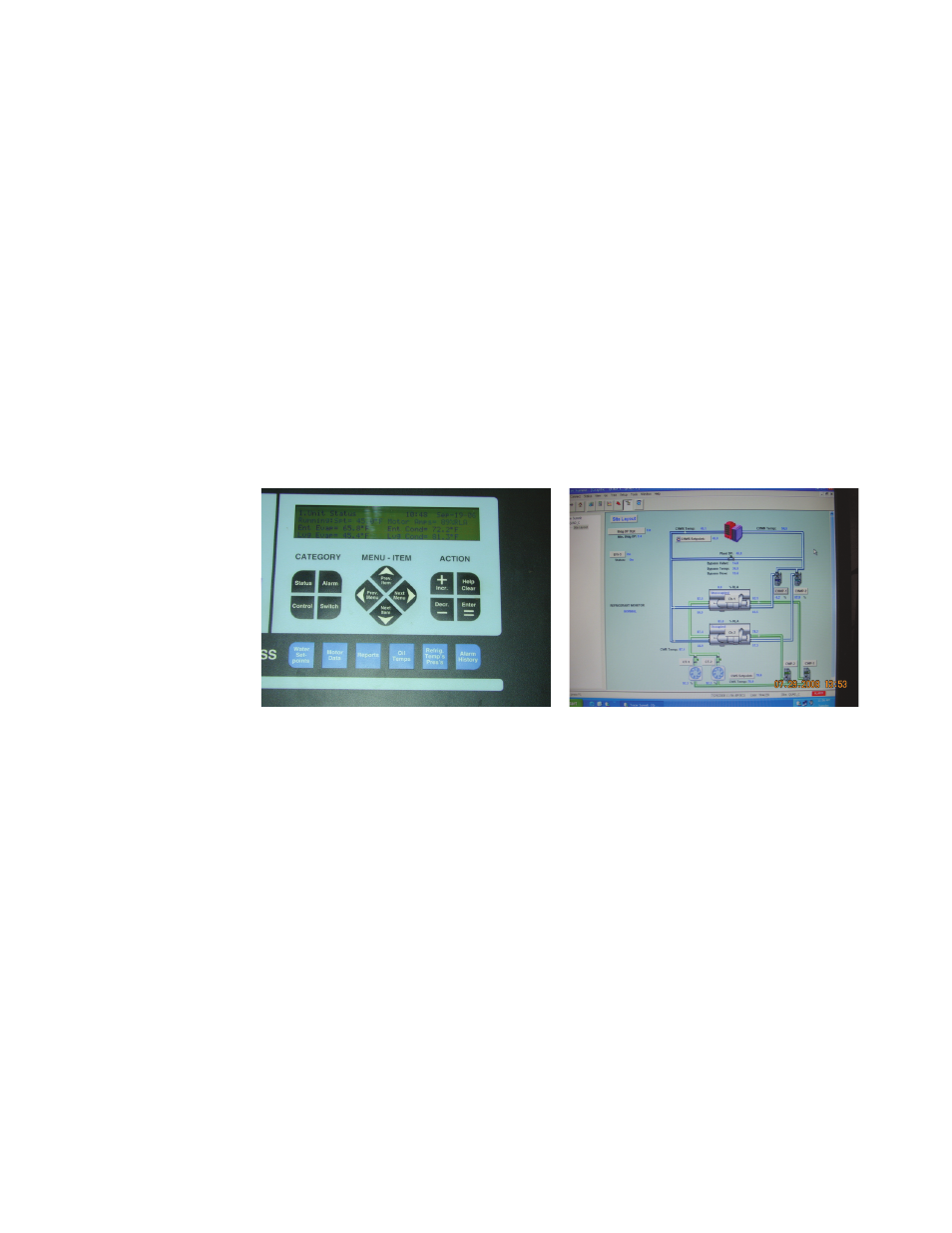Retrotec USACE User Manual
Page 200

D70 ENERGY & PROCESS ASSESSMENT PROTOCOL
loop fl ow rate to ensure that the primary loop fl ow rate is greater than the sec-
ondary loop fl ow rate. For further details, see Appendix J.
D.4.2.12 Chiller System Uses a Constant-Speed Condenser Water
Pumps (Ineffi ciency)
The typical chiller system uses constant-speed condenser water pumps. These
constant-speed pumps pull the same amount of power when the chiller is at
100% load as they do when the chiller is at 10% load. At full chiller load, these
pumps contribute approximately 0.08 kW per ton, while at 10% chiller load,
these pumps contribute 0.8 kW per ton—a 1,000% increase in the energy con-
sumption penalty for this auxiliary equipment when the system is running at light
loads. The design of the condenser water pumping system should be modifi ed to
provide condenser water fl ow rates through the chillers that are proportional to
the chiller load. Doing so will reduce condenser water pumping system energy
waste in excess of 40% for most systems. For further details, see Appendix J.
D.4.2.13 Ineffi cient Chiller Plant Control Strategies (Ineffi ciency)
Figure D122. Chiller plant controls.
The following chiller ineffi ciencies are related to their controls (e.g., Figure
D122):
Typical chiller plant controls have no or minimal resets for the chiller plant
■
variables, so they are always controlled as if they are serving a peak day
load. The chilled water supply temperature setpoint is manually set at 4.4–
6.7 °C (40–44 °F), the condenser water setpoint is manually set at 26.7–
29.4 °C (80–85 °F), and the differential pressure setpoint is set at the level
required to provide design fl ow rate through the system on a peak load
day—typically between –6.7 and 4.4 (20 and 40 PSID).
Control system operator interfaces are not standardized, requiring
■
operators to be familiar with multiple interfaces and control strategies.
Non-optimal operation of multiple chillers.
■
There are no self-tuning control loops installed—if a system is tuned to
■
operate perfectly at full load, it will not operate perfectly at less than full
load, and vice versa.
